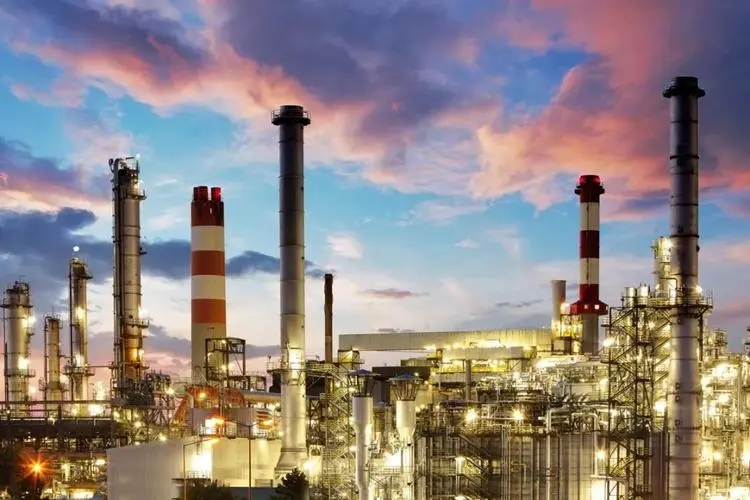TOCOM Energy
OPEC Production Cut Slashes Asian Refining Margins
The last two weeks have seen the price of all benchmarks increase sharply after supply cuts unveiled by core OPEC+ countries. Benchmark JPX Dubai crude oil for July stormed to fresh five-month highs last Thursday, having rallied around 25% from the lows registered at the height of the banking crisis last month.
While Consumer Price Index (CPI) data showed inflation in the US cooling, weak retail sales, manufacturing output data point to slowing economy, conflicting economic data are adding to the choppiness in the market.
On the supply side, extra curbs of 1.66 mb/d, led by Saudi Arabia and its Middle East producers and including Russia, are on top of a 2 mb/d reduction in the bloc’s target that took effect last November. After kicking in next month, the cuts are due to remain in place throughout 2023. According to the IEA, with supply from those outside the coalition set to rise by around 1 mb/d, global oil supply is expected to fall slightly in the second half of the year.
On the demand side, the IEA and OPEC’s forecast for 2023 global oil demand growth remain broadly unchanged from last month’s assessment, citing growth will gather momentum during the second half of the year.
However, OPEC+ and the IEA have jousted in recent months over their outlooks for global oil supply and demand. Consumer countries represented by the IEA have argued that tightening supplies drive up prices and could threaten a recession, while OPEC+ blames Western monetary policy for market volatility and inflation which undercuts the value of its oil.
While global demand outlook remain relatively resilient, the contrast between regions continues to sharpen. Non-OECD countries, particularly those East of Suez, are expected to account for almost 90% of the total 2023 demand increase.
The combination of regional supply and demand fundamentals, as well as a narrowed spread between light/medium distillate and heavy distillate product margins contributed to the narrowing spread between the two crude benchmarks-Brent and Dubai. Saudi also unexpectedly raised official selling prices (OSPs) in May, making the bulk of Asia’s term purchases more expensive even as it fully met Asian refiners’ crude requirements.
In addition to the significant differences emerging between regions, various oil products have been moving along distinct trajectories over recent months. Oil demand are largely supported by increased demand for jet kerosene and gasoline demand is expected to accelerate towards the end of the quarter with the start of the driving season in May. Diesel is predicted to remain relatively weak due to anticipated softer manufacturing sector activity.
On the refining sector, the big jump in crude oil prices was bad news for refiners as refined products weren’t able to keep pace with crude and crack spreads dropped. The crack spread refers to the price difference between crude oil and oil product.
At the same time, regional supply and demand for refined products remains heavily influenced by the impact of the G7 trade sanctions on Russia and the EU crude and product import embargoes.
The regional nuances of product market tightness, as demonstrated by stocks, and the marginal cost of supplying additional barrels to these markets, have impacted cracks and margins. Perhaps unsurprisingly, Singapore margins lag the strength evident in the US, and, to a lesser extent, Europe.
The impact of G7 sanctions will likely have contributed to higher crack spread as refinery margins are still at healthy levels on a historical basis, still way above where we’d expect to start seeing run cuts for economic reasons.
Recent weeks have also seen a shift between the contribution to margins from different product categories compared to last year. Early April saw renewed weakness in diesel cracks, jet cracks have lost ground relative to diesel, perhaps belying a less robust rebound in jet demand expected by market participants. The positive outlook for gasoline markets over the upcoming driving season should support gasoline crack.






